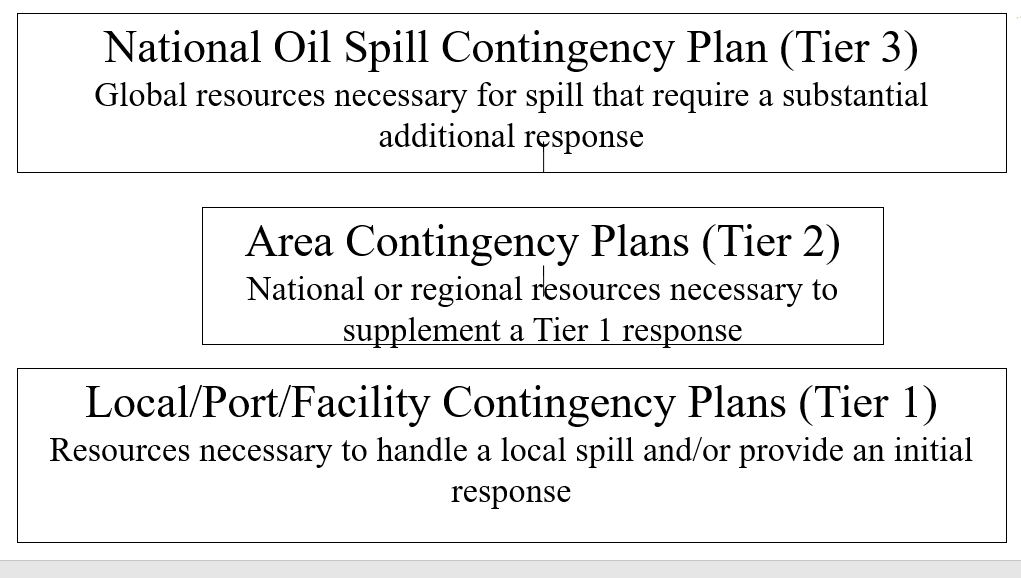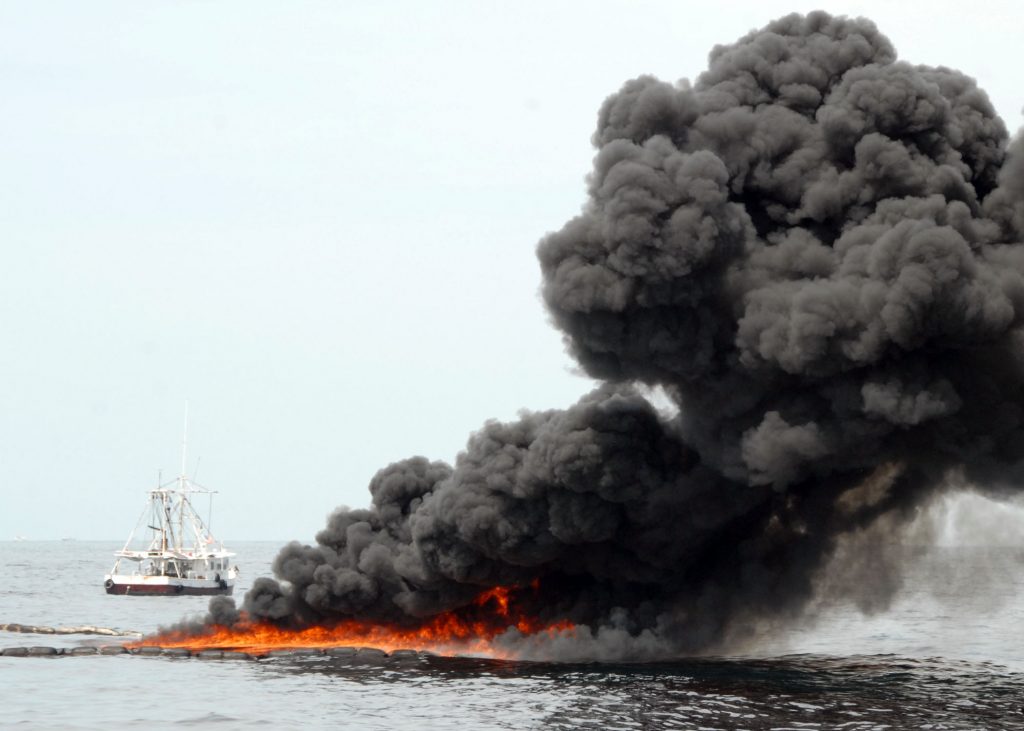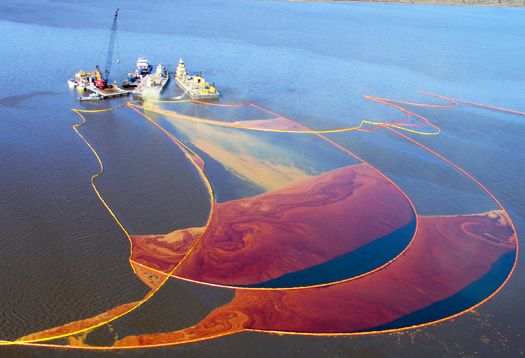Since Ghana joined nations that are exploiting hydrocarbons, not only will it benefit from its revenues, but also joins the list of countries that can experience oil spills. Oil spills have damning consequences on the marine environment, food systems and livelihoods of others.
The Environmental Protection Agency of Ghana is putting together Ghana’s National Oil Spill Contingency Plan that will manage a spill. Below are excerpts of how it intends to ‘fight’ a spill, should it occur offshore Ghana.

There is a 3 tier approach. The EPA will first depend on local or port facility with spill contingency plans in its Tier One (1) approach. This tier mobilizes all resources necessary to handle a local spill, or provide an initial response to it. This include oil spill contingency resources the company spilling oil has in place to manage it. All oil companies producing oil in Ghana are mandated to have such facilities.
If the magnitude of the spill goes beyond the strength of plans in tier one, the Area Contingency Plan (Tier 2) will kick in. These are oil spill fighting resources available at other companies or institutions in the region of the spill or at the national level. The resources will be mobilized to assist the tier one response.

If the scale of the spill goes beyond Ghana’s internal efforts, global resources necessary to manage it will be required. This is the National Oil Spill Contingency Plan (Tier 3). These resources could be in the sub region or other advanced countries with the resources.
The use of dispersants

The EPA says it will recommend the use of dispersants in an event of oil spill in Ghana’s offshore, but using it will require authorization. Dispersants are chemicals that are sprayed on a surface oil slick to break down the oil into smaller droplets that more readily mix with the water. They do not reduce the amount of oil entering the environment, but push the effects of the spill underwater. While dispersants make the oil spill less visible, dispersants and dispersed oil under the ocean surface are hazardous for marine life ranging from fish to corals to birds.
These chemicals release toxic break-down products from oil that, alone or in combination with oil droplets and dispersant chemicals, can make dispersed oil more harmful to marine life than untreated oil. Both the short-term and long-term impacts of dispersants on marine life have not been adequately tested.

“The amount of oil spilled, and the analysis of the situation will determine whether dispersants are to be used or not. For now, we will not want to use dispersants in areas that are spawning grounds for fish. The EPA will have to assess the volumes of oil spilled before it will recommend. This also means we have to complete our coastal sensitivity mapping to help us know sensitive areas along our coastline”. Mr. Larry Kotoe, the Deputy Director in charge of Petroleum at the EPA stated at a recent engagement held by Friends of the Nation [FoN] and its partners the Center for Public Interest Law [CEPIL], Oxfam in Ghana with support from the Norwegian Agency for Development Cooperation [NORAD] in Takoradi.

Apart from the above interventions, the EPA is to facilitate the training of fishermen along the coast of Ghana to assist in managing a spill. The wildlife division of the forestry commission is also to have a Marine unit which will manage sea life in the event of a spill.

